As someone who loves gardening, I would highly recommend starting a garden bed. Not only does it provide an opportunity to grow your own fresh produce, but it’s also a great way to spend time outdoors and get some exercise. Starting a garden may seem overwhelming, but with a few simple steps, anyone can get started.
The first step is to choose a convenient location that gets at least 6-8 hours of sun per day and has a water source nearby. Adding a raised bed is a great option for beginners, with a 4×8 foot bed being a good starting point. It’s important to set up a watering system, like a battery-operated timer connected to a soaker hose or drip line, to ensure plants are watered consistently. When filling the raised bed, use a mix of compost, peat moss or coconut coir, and vermiculite.
It’s also recommended to add organic fertilizer and have the soil tested each year. Finding a planting guide specific to the area is crucial, as it provides information on what and when to plant. Popular vegetables for beginners include lettuce, green beans, radishes, tomatoes, and zucchini. Spending time in the garden daily allows for observation and early detection of any issues. Harvesting and eating the produce is the final reward, encouraging more production.
Key Takeaways:
- Choose a convenient location with at least 6-8 hours of sun per day and a nearby water source.
- Add a raised bed for beginners and set up a watering system for consistent watering.
- Fill raised bed with a mix of compost, peat moss/coconut coir, and vermiculite, and add organic fertilizer.
- Use a planting guide specific to the area and choose popular vegetables for beginners.
- Spend time daily in the garden for observation and early detection of issues.
Choosing the Perfect Location for Your Garden Bed
The first step is to choose the best location for the garden bed, ensuring that it gets at least 6-8 hours of sunlight and has a nearby water source. This location should be convenient for you to access and easily visible, allowing you to keep a close eye on the growth of your plants. Look for an area with well-draining soil to avoid waterlogging, as this can harm the health of your plants.
If possible, consider adding a raised bed to your garden. A raised bed allows for better drainage, as well as the ability to control the soil and nutrients added to your plants. For beginners, starting with a small raised bed with dimensions of 4×8 feet and a depth of 12-18 inches is recommended.
In addition to choosing the right location and design for your garden bed, it is important to set up an efficient watering system. Installing a battery-operated timer to your soaker hose or drip line can ensure that your plants are receiving the proper amount of moisture each day.
Adding the right soil mix to your raised bed is another crucial step in the process of starting your garden bed. A mixture of compost, peat moss or coconut coir, and vermiculite will provide your plants with the necessary nutrients and moisture retention they need to thrive.
When choosing what to plant in your garden bed, it is important to follow a planting guide specific to your area and select crops that you enjoy eating. Spending time in your garden every day to observe and address any issues that arise is also crucial for the health of your plants.
Finally, the rewards of gardening are numerous, from the satisfaction of nurturing a living plant to the ability to harvest and enjoy the produce from your own garden. So, choose your spot, set up your raised bed, and get ready for a rewarding gardening journey!
Designing Your Raised Garden Bed
Adding a raised bed is recommended, starting with a small size like 4×8 feet. It should be at least 12-18 inches deep and located in a spot that is convenient for you, gets 6-8 hours of sun, and has a nearby water source. Raised beds offer several advantages, such as better soil, longer growing seasons, bigger harvests, and easy access.
Once you have chosen the location for your raised garden bed, it’s time to decide on the size and design. There are several types of raised garden beds, such as cedar, metal, and plastic, among others. Choose the one that suits your needs and budget.
The next step is to install a watering system to ensure your plants receive the right amount of water. A battery-operated timer connected to a soaker hose or drip line is a great option for efficient watering.
Now it’s time to prepare the soil for your raised garden bed. A nutrient-rich mixture of compost, peat moss or coconut coir, and vermiculite works well. Fill the bed with high-quality soil, leaving a few inches at the top for planting.
It’s important to have a planting guide specific to your area to know what to plant and when. Choose vegetables that you enjoy eating and be sure to water them regularly. Spend time in your garden each day, observing and taking care of it.
Harvest your crops and enjoy the fruits of your labor. Raised bed gardening provides a sense of satisfaction and joy as you watch your plants grow and produce. Choose a raised bed that suits your needs and fill it with high-quality soil. Finally, plant a variety of vegetables and plants that bring you joy and that you will look forward to tending to throughout the season.

Efficient Watering Systems
A watering system, such as a battery-operated timer connected to a soaker hose or drip line, should be set up for efficient watering. This will help ensure that your plants receive the necessary amount of water without wasting any resources. An automatic system saves time and energy, and is ideal for those who may not have the time to water their garden on a regular basis.
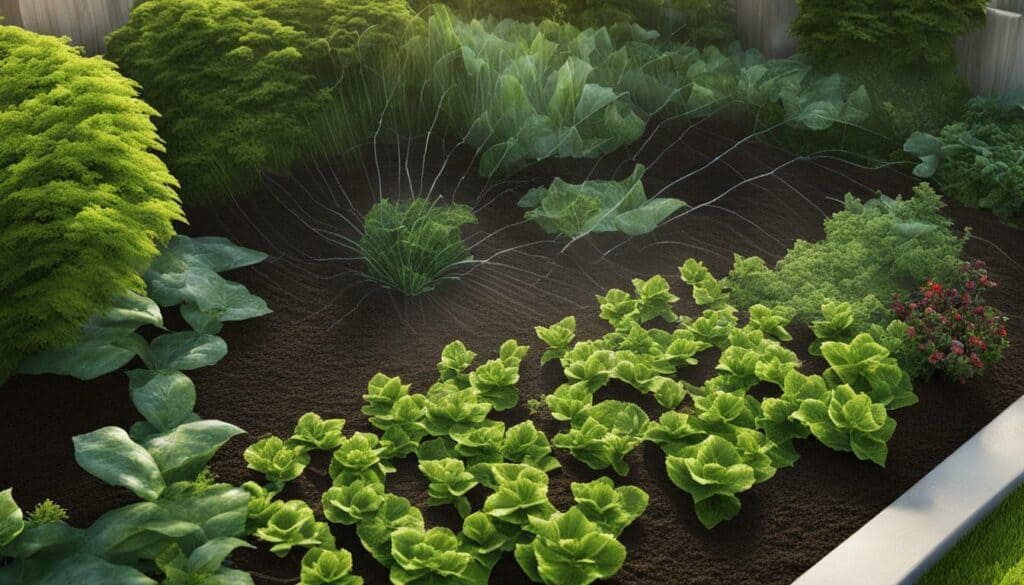
The soaker hose and drip line are two of the most popular and efficient systems for watering garden beds. The soaker hose is a porous tube that allows water to seep through its walls, providing a slow, steady flow of water that is absorbed into the soil. The drip line system is similar, but uses small emitters that release water directly to the base of each plant, providing targeted watering to the roots. Both systems conserve water and prevent overwatering, which can lead to disease and root rot.
When setting up your watering system, it is important to make sure that it is connected to a nearby water source and that the hose is long enough to reach your garden bed. The battery-operated timer should be set to water your garden bed at the optimal time, usually early in the morning or in the evening, and for the appropriate length of time.
In addition to a watering system, soil preparation is key to efficient watering. Raised beds allow for the use of fresh soil that can be amended with compost, peat moss/coconut coir, and vermiculite to enhance water retention and nutrient levels. Your watering system should be adjusted according to the type of soil you have and the needs of your plants.
Whether you are growing vegetables or flowers, proper watering is essential to the health of your garden bed. Spending time in your garden each day is crucial for observing and addressing any issues that may arise, including overwatering or underwatering. With the right watering system and soil preparation, you can enjoy a bountiful harvest of fresh produce and beautiful blooms.
Preparing the Soil for Your Garden Bed
As I mentioned earlier, preparing the soil for your garden bed is an essential step in the process of establishing a successful garden. When it comes to raised beds, the soil you use can make all the difference.
The soil for the raised bed should be a mix of compost, peat moss or coconut coir, and vermiculite. This mixture provides the nutrients and drainage necessary for healthy plant growth. Compost adds organic matter to the soil, improving its structure and nutrient content. Peat moss or coconut coir helps retain moisture in the soil, while vermiculite improves drainage and aeration.
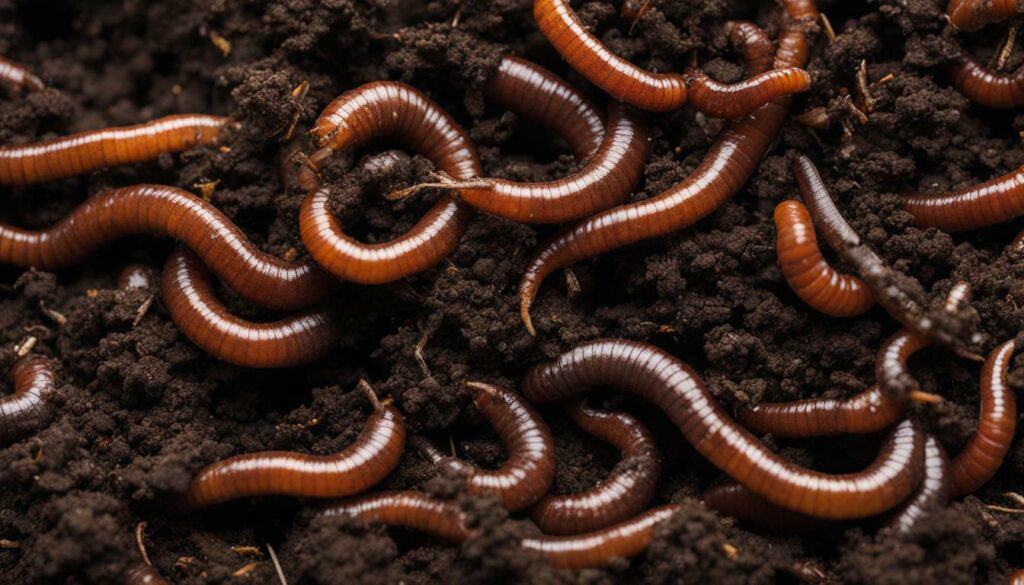
It’s important to note that the quality of the soil can vary depending on location and climate. That’s why it’s recommended to have the soil tested annually to ensure it has the necessary nutrients for plant growth.
Following a planting guide specific to your area can also be helpful in selecting the right plants for your garden bed. You want to choose vegetables and plants that are suited for your growing conditions and that you enjoy eating or admiring.
Remember to spend time in your garden each day, observing and taking care of the plants. This can help you identify any problems early and address them accordingly.
Finally, harvesting and enjoying the fruits of your labor is a rewarding experience. There’s nothing quite like the taste of fresh produce from your own garden bed!
Choosing the Right Plants for Your Garden Bed
Choosing the right plants for your vegetable garden bed or flower garden bed is essential to a successful harvest. Before you begin, it’s important to choose the perfect location for your garden bed. The ideal spot should receive 6-8 hours of sunlight and have a water source nearby.
A raised garden bed is a great option for beginners, as it provides a convenient and manageable space for planting. It also offers various benefits such as a longer growing season, better soil, and easier access for gardening. Choose a raised bed material and size that best fits your needs and start gardening!
When it comes to watering your garden bed, it’s best to set up a watering system such as an automatic timer connected to a hose. This will ensure your plants receive the right amount of water on a consistent basis.
When filling your raised garden bed, use a mix of compost, peat moss or coconut coir, and vermiculite to create a nutritious and well-draining soil. It is also important to follow a planting guide written for the specific area and plant vegetables that you enjoy eating. Choose plants that are suitable for your climate and follow the recommended planting times to ensure proper timing and success.
Spend time in your garden daily, tending to your plants and observing any changes or problems that may arise. Remember to harvest and enjoy the fruits of your labor! By following these tips and choosing the right plants for your garden bed, you can create a thriving and fruitful outdoor space.
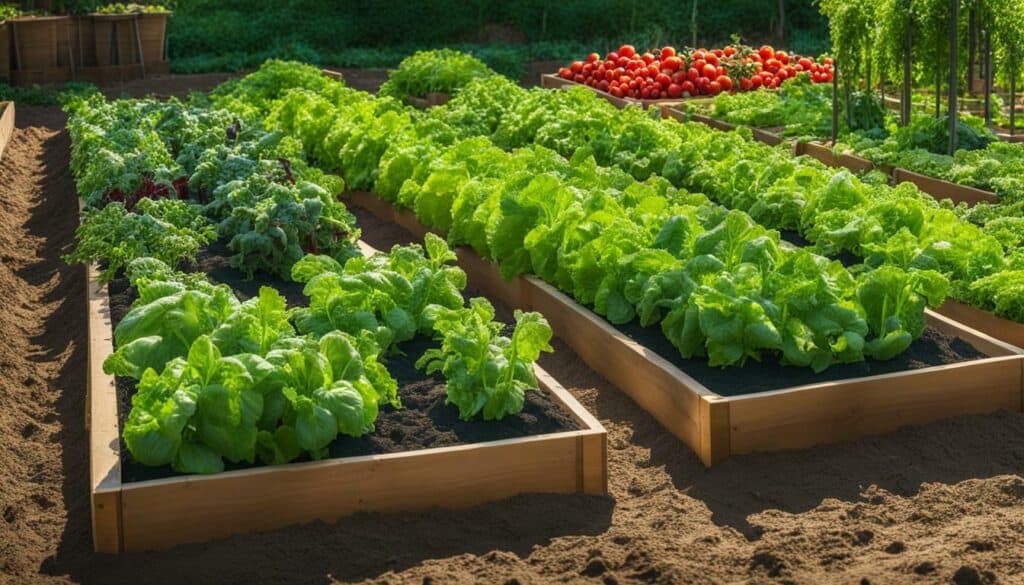
Nurturing Your Garden Bed
Regularly spending time in the garden, observing the plants, and addressing any problems that arise is crucial for the success of your garden bed. Here are some tips to help you nurture your garden bed:
- Choose the best location for your garden bed. Find a spot that gets at least 6-8 hours of sun per day and has a water source nearby. This will ensure that your plants receive the right amount of sunlight and water to grow properly.
- Consider using raised beds for your garden. Raised beds provide better soil quality and drainage than traditional garden beds. Start with a small size and gradually add more beds as you gain experience. This will provide you with more growing space and make it easier to manage your garden.
- Set up a watering system for your garden bed. An automatic watering system with a timer and a soaker hose or drip line is ideal. This will help you save time and ensure that your plants receive the right amount of water. Hand-watering with a hose is also necessary for new plantings and seeds.
- Add nutrient-rich soil to your raised bed. Use a mix of compost, peat moss or coconut coir, and vermiculite. This will provide your plants with the necessary nutrients to grow. It’s important to amend the beds with organic fertilizer and regularly test the soil to ensure proper pH levels.
- Follow a planting guide specific to your area. Timing is crucial in gardening, so a planting guide will help you know what to plant and when to plant it. This will also help you avoid planting too early or too late and ensure that your plants grow properly.
- Plant vegetables that you enjoy eating. Some vegetables are best grown from seeds, while others thrive as seedlings. Water newly planted seeds and seedlings regularly to keep the soil moist. This will help your plants establish strong root systems and grow properly.
- Spend time in your garden each day. Take a walk around to observe the growth and check for any problems like pests or diseases. Catching problems early makes them easier to manage and can save your plants from damage.
- Harvest and enjoy the fruits of your labor. Pick young and often to encourage more production. Try new recipes and incorporate your garden harvest into your meals. This will provide you with the satisfaction of growing your own food and enjoying the delicious taste of fresh produce.
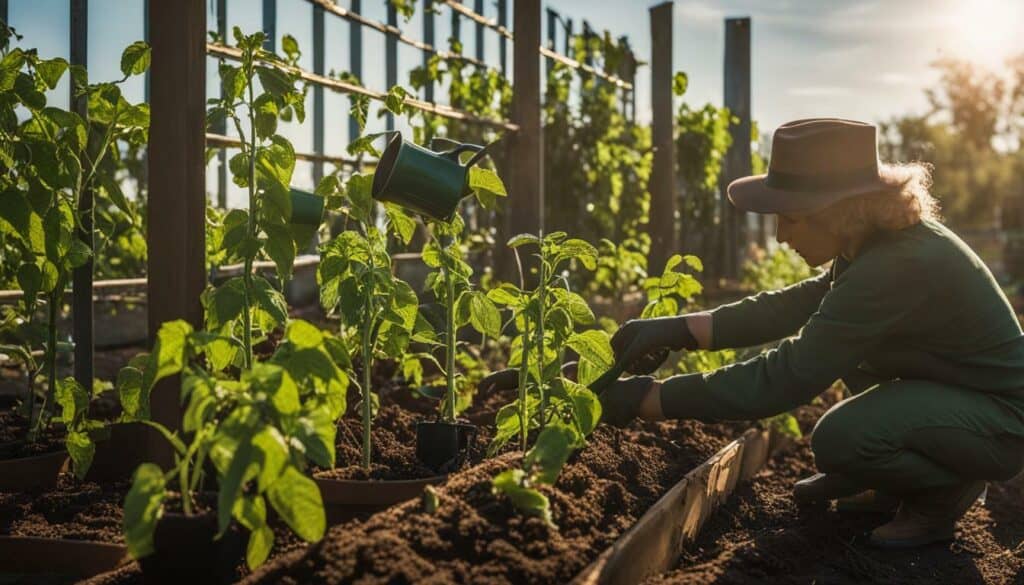
Nurturing your garden bed takes time and effort, but it is rewarding in the end. With these tips, you’ll be able to create a thriving garden bed and enjoy the fruits of your labor.
The Rewards of Harvesting and Using Your Garden Produce
Finally, harvesting and using the produce from the garden is a rewarding part of the process. There’s nothing quite like the satisfaction of growing your own food and incorporating it into your family’s meals. Not only does it taste better, but it’s also healthier and more sustainable than buying produce from the store. Plus, you have the freedom to experiment with new recipes and flavors.
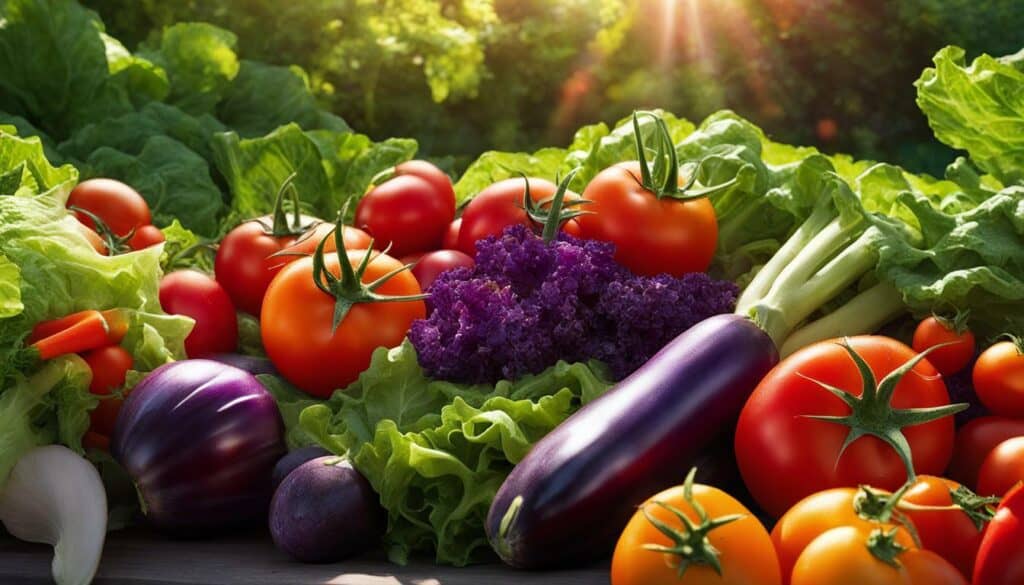
When it comes to harvesting, there are a few key tips to keep in mind. Firstly, harvest your veggies as soon as they’re ripe to prevent over-ripening and rotting. Secondly, pick your produce in the morning when it’s cooler outside to ensure the best flavor and texture. Finally, be sure to store your harvested veggies properly. Some veggies like tomatoes are best stored at room temperature, while others like carrots and broccoli should be stored in the fridge.
Using your garden produce in meals is a fun and creative process. You can try new recipes and experiment with different flavors. Some vegetables like onions, garlic, and herbs can be used in almost any dish, while others like zucchini and eggplant are more versatile than you may think. Incorporating fresh fruits and vegetables into your meals is a great way to get your daily dose of vitamins and minerals.
Another benefit of using your garden produce is that it’s often cost-effective. Growing your own herbs and veggies can save you money on groceries, especially if you grow plants that are typically expensive to buy. Plus, you’ll have access to fresh, organic produce right in your own backyard.
Overall, the rewards of growing your own garden produce are plentiful. Not only do you get to enjoy the best-tasting fruits and vegetables, but you also have a longer growing season, better soil quality, bigger harvests, no competition from weeds or pests, healthier soil, easy access to your garden, and the ability to garden anywhere using different types of raised beds. So, go ahead and start your own garden bed today!
Garden Bed Ideas and Design Inspirations
Looking for garden bed ideas and design inspirations? Check out these creative options to transform your outdoor space.
One popular option is to incorporate a raised garden bed into your garden design. Not only does it provide better soil quality and a longer growing season, but it also makes it easier to manage and harvest your crops. Consider building a raised bed with wood, cinder blocks, or even repurposed items like an old bathtub or wheelbarrow.
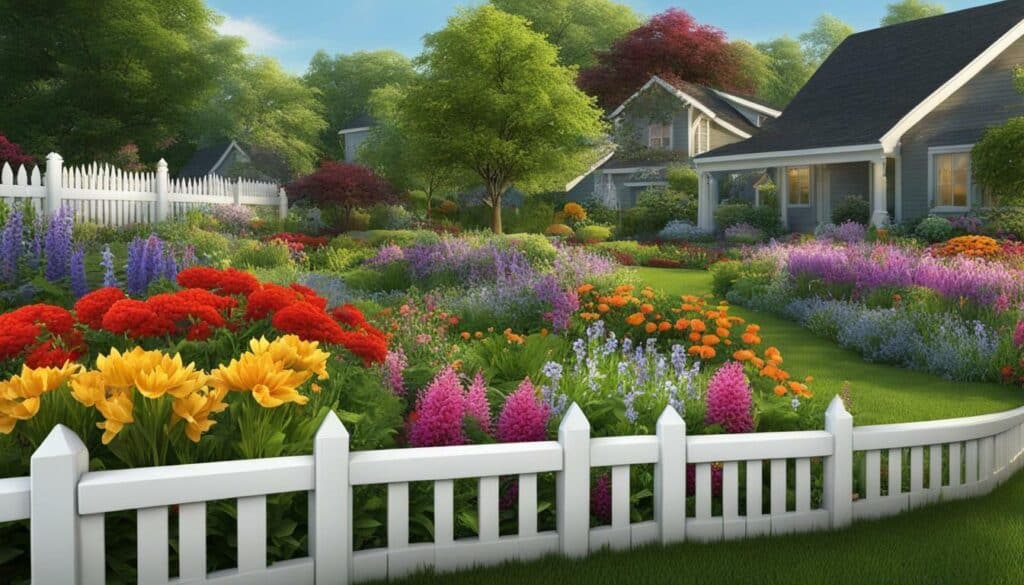
Another option is to create a container garden using various pots and planters. This is a great solution for small spaces or apartment living. Mix and match different sizes and shapes of containers for a unique look.
If you have a larger space to work with, consider adding a trellis or arbor to your garden. This not only adds visual interest but also provides support for climbing plants like tomatoes, beans, and cucumbers.
For a natural and relaxing feel, consider adding a garden bed that incorporates rocks and water features. Use natural stones to create a border for your garden bed and add a small fountain or pond as a focal point.
Finally, don’t forget to add some personal touches to your garden bed with decorative elements like garden statues, birdhouses, or string lights. These small additions can make a big impact on the overall look and feel of your outdoor space.
By incorporating these garden bed ideas and design inspirations, you can create a beautiful and productive garden bed that will provide you with fresh fruits and vegetables all season long.
Conclusion
Starting a garden from scratch may seem intimidating, but with proper preparation and care, anyone can create a beautiful garden bed. It all starts with choosing the right location for your garden bed, ensuring it has access to sunlight and water. Raised beds or containers can make gardening easier and more productive, and setting up an efficient watering system is crucial.
Filling your garden bed with a well-balanced mixture of compost, peat moss or coconut coir, and vermiculite is essential for healthy plant growth. It’s important to follow a planting guide specific to your area and plant what you enjoy eating for a successful garden. Spending time in your garden every day allows you to monitor the plants’ progress and address any issues that may arise.
Harvesting and using the produce you grow creates a sense of achievement and satisfaction. Raised beds have many benefits, including longer growing seasons, better soil quality, larger harvests, and easier access. When selecting a raised bed, consider the size and material and make sure it meets your gardening needs. Proper siting and filling of raised beds are crucial for success, including choosing a sunny location, avoiding wet areas, and using high-quality soil.
Ultimately, planting in raised beds allows for intensive planting and growing a wide variety of plants. Starting a garden can be a rewarding and fulfilling experience that brings joy and fresh produce to your life. So, don’t be afraid to get started on your own vegetable or flower garden bed today!
What are Some Tips for Success in Gardening as a Beginner?
When starting out in gardening, there are a few gardening success tips to keep in mind. First, learn about your plants’ specific needs, including sunlight, water, and soil requirements. Next, start small with easy-to-grow plants to build your confidence. Regularly check for pests and diseases, and take immediate action if necessary. Finally, be patient and consistent in your care, as gardening success comes with time and dedication.
FAQ
Q: What should I consider when choosing a location for my garden bed?
A: When selecting a location for your garden bed, it’s important to ensure it receives at least 6-8 hours of sunlight and has a nearby water source.
Q: Why is a raised garden bed recommended?
A: Raised garden beds offer several benefits, including improved drainage, better soil quality, and easier access for gardening. Starting with a small size like 4×8 feet is recommended for beginners.
Q: What kind of watering system should I use?
A: Setting up a watering system, such as a battery-operated timer connected to a soaker hose or drip line, helps ensure efficient watering of your garden bed.
Q: What kind of soil should I use for my garden bed?
A: The soil for your raised garden bed should be a mix of compost, peat moss or coconut coir, and vermiculite to create a nutrient-rich environment for your plants.
Q: How do I choose the right plants for my garden bed?
A: It’s important to select plants that are suitable for your specific garden bed. Follow a planting guide written for your area and choose vegetables or flowers that you enjoy eating or looking at.
Q: How often should I spend time in the garden and observe my plants?
A: Regularly spending time in the garden, observing the plants, and addressing any problems that arise is crucial for the health and success of your garden bed.
Q: What is the reward of harvesting and using produce from my garden bed?
A: Harvesting and using the produce from your garden bed is not only rewarding but also allows you to enjoy fresh and flavorful vegetables and herbs in your meals.
Q: Where can I find ideas and design inspirations for my garden bed?
A: There are plenty of resources available online and in gardening magazines that provide inspiration and ideas for different garden bed designs to enhance your outdoor space.
Source Links
- https://www.almanac.com/vegetable-gardening-for-beginners
- https://growinginthegarden.com/gardening-for-beginners-how-to-start-a-garden-in-8-simple-steps/
- https://www.gardeners.com/how-to/raised-bed-basics/8565.html
- https://www.npr.org/2020/04/17/837300800/this-is-a-good-time-to-start-a-garden-heres-how
- https://platthillnursery.com/how-to-start-a-new-garden-bed/
- https://www.almanac.com/video/choosing-location-your-new-vegetable-beds
- https://www.gardenary.com/blog/where-to-put-your-raised-beds-how-to-choose-the-ideal-location
- https://www.gardensthatmatter.com/choose-garden-location/
- https://platthillnursery.com/build-raised-garden-bed-step-by-step/
- https://growinginthegarden.com/raised-bed-garden-design-tips/
- https://www.epicgardening.com/raised-bed-watering-system/
- https://journeywithjill.net/gardening/2022/10/28/raised-bed-irrigation-options/
- https://www.gardeners.com/how-to/how-to-choose-a-watering-system/8747.html
- https://www.provenwinners.com/learn/make-your-bed
- https://getbusygardening.com/prepare-vegetable-garden-for-planting/
- https://awaytogarden.com/soil-preparation-7-ways-to-make-a-garden-bed/
- https://www.thespruce.com/planting-flower-beds-2132568
- https://www.thespruce.com/how-to-start-a-garden-from-scratch-2132778
- https://www.fromhousetohome.com/garden/pick-the-right-plants/
- https://montanahomesteader.com/how-to-start-a-raised-bed-vegetable-garden-for-beginners/
- https://lovelygreens.com/tips-for-starting-a-new-vegetable-garden/
- https://www.bhg.com/gardening/vegetable/vegetables/grow-a-vegetable-garden-in-raised-beds/
- https://ecogardener.com/blogs/news/raised-bed-vegetable-garden-tips-for-growing-and-harvesting
- https://extension.unh.edu/blog/2019/03/what-are-benefits-raised-beds-how-can-i-construct-one-myself
- https://www.gardenary.com/blog/raised-garden-bed-design-inspiration
- https://www.homesandgardens.com/ideas/raised-bed-garden-ideas
- https://www.gardendesign.com/vegetables/raised-beds.html
- https://www.gardengatemagazine.com/review/build-a-raised-garden-bed/
- https://www.gardeningchores.com/raised-garden-bed-guide/
- https://storables.com/articles/how-to-create-a-garden-bed/

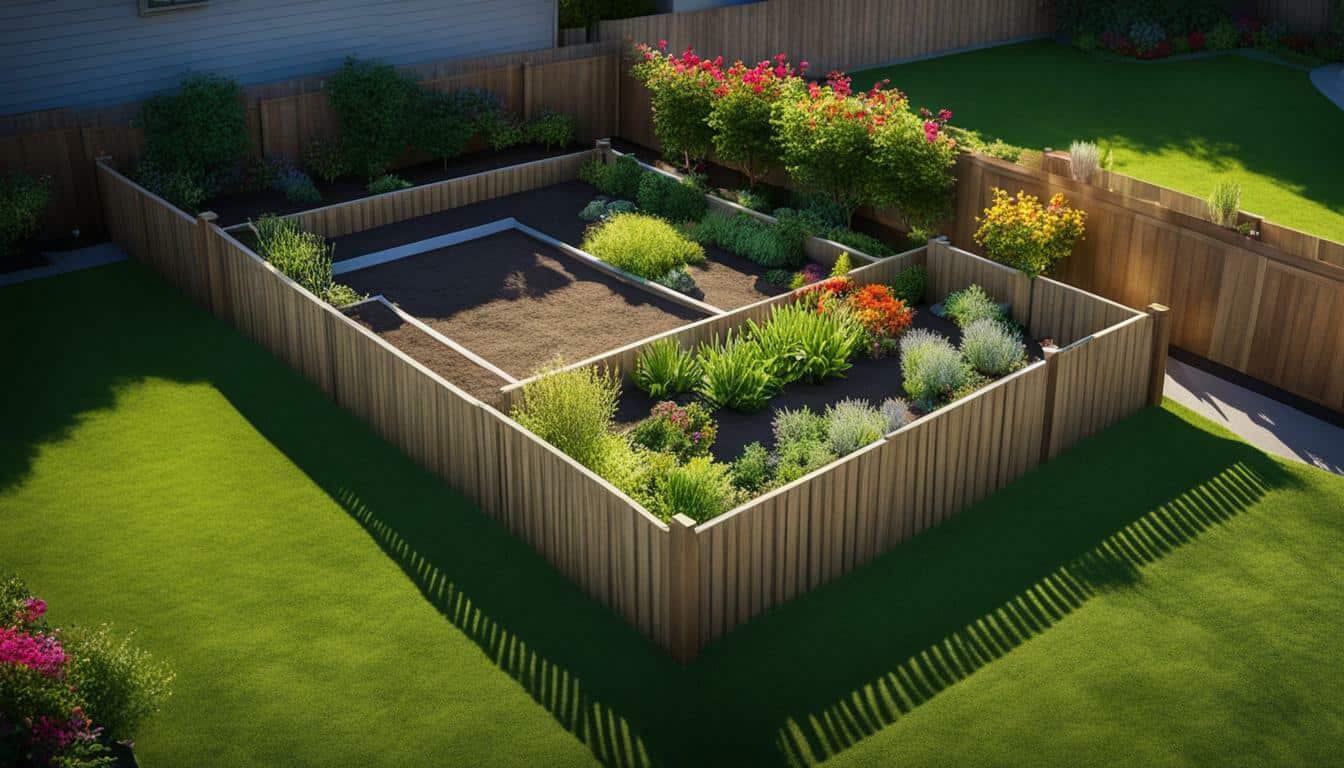



Leave a Reply